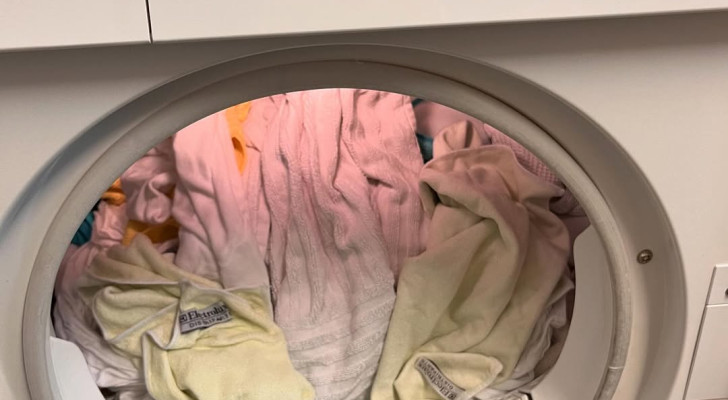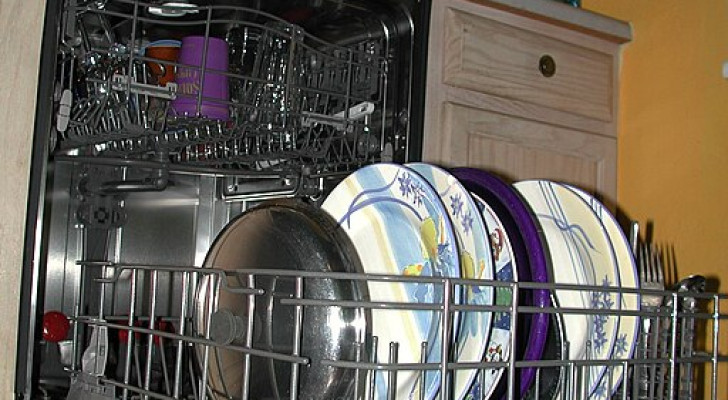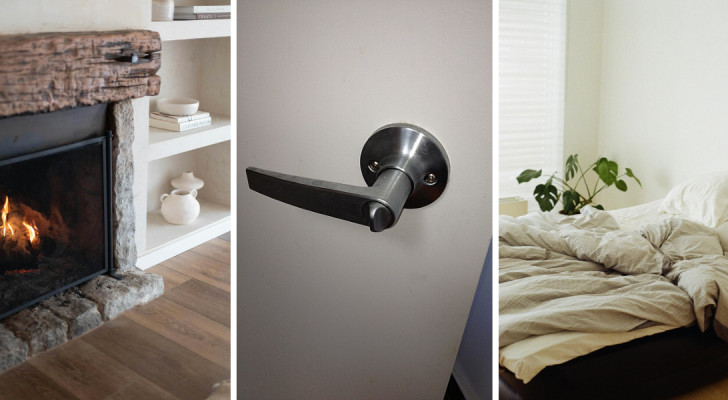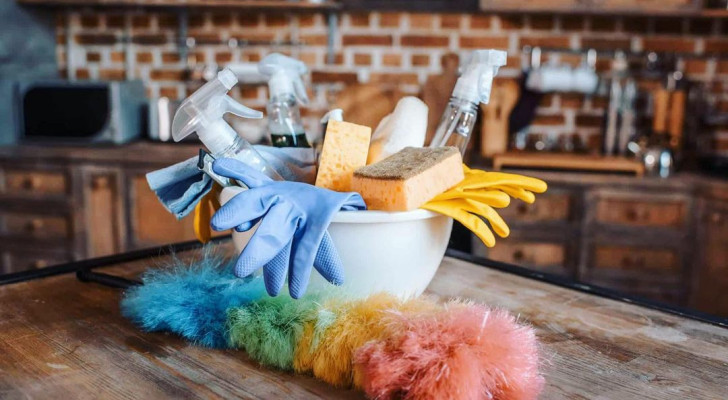Avoid buying clothes you don't need by following these two purchasing principles
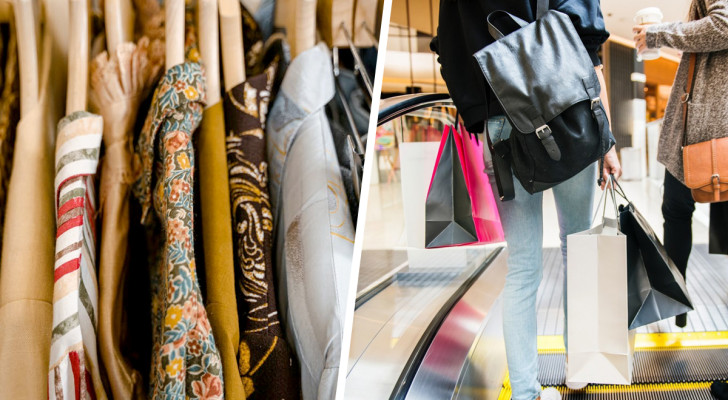
How many times have you entered a store to buy just one thing and left with bags full of items? And this can especially true of clothes shops. How often have you bought clothes that you never end up wearing?
Shopping isn't done just out of necessity, but can also be a product of boredom, or a way to "treat yourself" after a bad day, and various other psychological drivers.
Notwithstanding the reasons, "impulse-buying" is wasteful and should be curbed. But how?
Why stop impulse-buying?
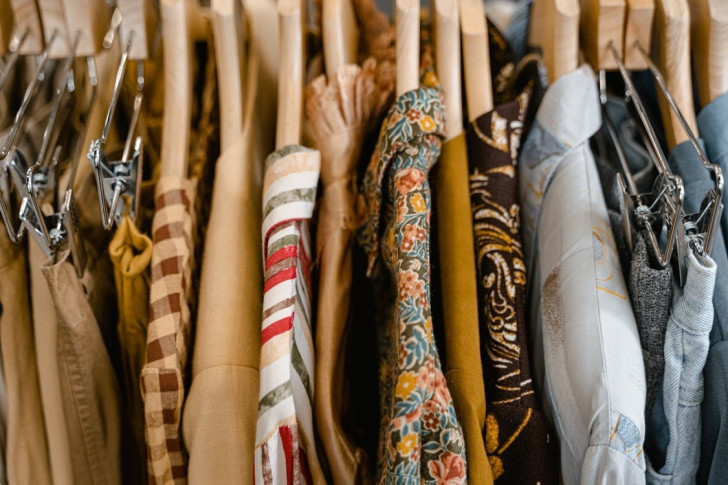
MART PRODUCTION/Pexels
There are clear benefits from curbing an impulse-buying habit. Not only will you save money, but you will also have a lot more space in your closets at home. Additionally, impulse-buying indirectly drives increase pollution (by manufacturers) and is, therefore, not an eco-friendly habit. So, how exactly can you curb this deleterious habit?
The "Capsule Closet" method

Pxhere
One of the first attempts made to curb impulse-buying dates back to the 1940s and was termed the "capsule closet" method.
In short, the capsule closet concept is a minimalist approach to fashion, focusing on having a compact, versatile collection of clothing that can be mixed and matched to create numerous outfits, reducing the need for further purchases. The outfits are chosen to suit your personal style and are suitable for multiple occasions. By buying garments that coordinate well together, you can streamline your closet and "insulate" it against the whims of fashion trends.
Following this concept will make your lifestyle a more sustainable, eco-friendly one, save you money and eliminate disorderly chaos in your clothes closets.
Purchases based on combinations...

MART PRODUCTION/Pexels
The second technique to break an impulse-buying habit is to start from what you already have. So, when you are out and about and are thinking of buying something, never forget about what you already have at home. Do we want a new shirt, for example? Then, you should think about this potential purchase as follows: does the shirt match the trousers and skirts you already have; how many items can you use it with; is it in a color and style that you really like, or are you buying it just because you can?
Always evaluate what you are about to purchase in these terms. If your responses to the above questions you ask yourself are mainly in the negative, leave the garment in the shop.
Which method to use?
In summary, then, you would do yourself a service to consider using one, or both, of these shopping techniques next time you take a trip out to the shops!
That said, if you do, for example, buy a beautiful dress which "conforms" with the above-described "rules", then there's no harm in shopping around for, for example, a pair of shoes to go with it! After all, these two methods don't ban shopping completely.
Just think twice and buy once. Happy shopping!
